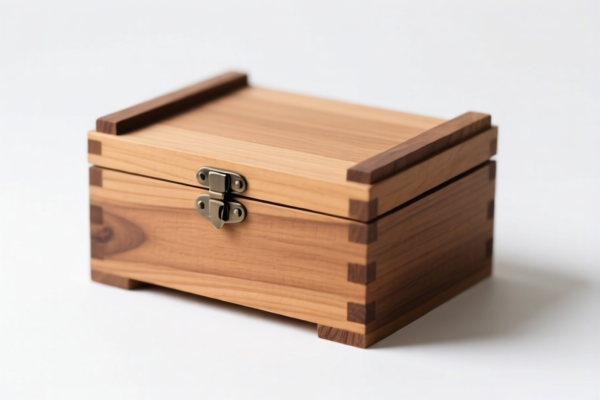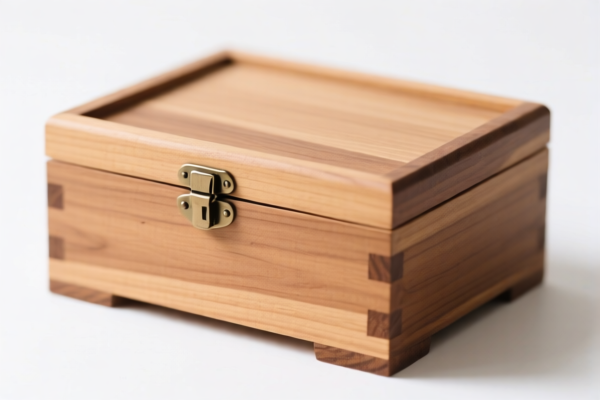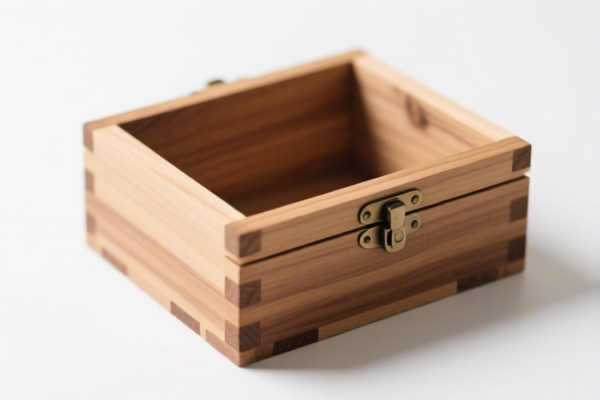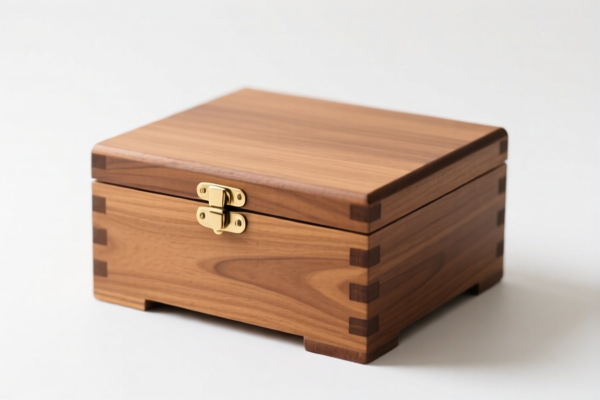| HS Code | Official Doc | Tariff Rate | Origin | Destination | Effective Date |
|---|---|---|---|---|---|
| 3923900080 | Doc | 58.0% | CN | US | 2025-05-12 |
| 6911108090 | Doc | 58.3% | CN | US | 2025-05-12 |
| 6911900050 | Doc | 42.9% | CN | US | 2025-05-12 |




Knocking Box
A knocking box is a specialized container used in professional barista settings to dispose of spent espresso pucks. It facilitates the efficient and sanitary removal of used coffee grounds from portafilters after espresso extraction.
Material
Knocking boxes are typically constructed from durable materials designed to withstand repeated impacts and frequent use. Common materials include:
- Stainless Steel: The most prevalent material due to its robustness, hygiene, resistance to corrosion, and ease of cleaning. Various grades are used, with thicker gauges offering greater durability.
- Plastic: Often used for more affordable models or as liners within stainless steel boxes. Plastic boxes are generally lighter but less durable and may require more frequent replacement.
- Cast Iron: Less common now, but historically used for their weight and stability.
Purpose
The primary purpose of a knocking box is to provide a dedicated and controlled space for discarding used espresso pucks. This addresses several needs:
- Noise Reduction: The box dampens the sound created when knocking portafilters against it, which can be significant in a busy café environment.
- Portafilter Protection: Provides a solid surface to knock against, minimizing the risk of damaging the portafilter basket or handle.
- Sanitation: Contains the spent grounds, preventing mess and facilitating easy disposal.
- Workflow Efficiency: Streamlines the espresso-making process by providing a convenient location for puck disposal.
Function
The function of a knocking box relies on a simple principle: impact. The barista firmly taps the portafilter against the box’s rim, dislodging the spent coffee puck. The box's design features:
- Knock Bar (Optional): Some models include a rubber or silicone bar across the top to provide a softer impact surface and further reduce noise.
- Sloped Sides: Facilitate the collection of grounds towards the center for easy removal.
- Wide Opening: Accommodates various portafilter sizes.
- Solid Base: Prevents the box from moving during use.
Usage Scenarios
Knocking boxes are integral to:
- Cafés and Coffee Shops: Essential for high-volume espresso production.
- Espresso Bars: Used in any setting where espresso is made frequently.
- Roasteries: For quality control and espresso testing.
- Home Baristas (Enthusiasts): While less common, serious home espresso makers may use them for convenience and cleanliness.
Common Types
- Single-Knock Box: Designed for use with a single portafilter at a time. The most common and affordable type.
- Double-Knock Box: Features two compartments, allowing for faster disposal of pucks in high-volume settings.
- Knock Drawer: Incorporates a drawer at the bottom of the box for easy removal and disposal of grounds. Often found in higher-end models.
- Knock Box with Lid: Includes a lid to contain odors and provide a more sanitary storage solution.
- Wall-Mounted Knock Box: Space-saving option suitable for smaller cafes.
Based on the provided information, the following HS codes may be relevant to “knocking box”:
- 3923900080: This HS code covers articles for the conveyance or packing of goods, of plastics; stoppers, lids, caps and other closures, of plastics: Other. This could apply if the knocking box is made of plastic and used for packing or conveying goods. The total tax rate is 58.0%, comprised of a 3.0% base tariff and a 25.0% additional tariff, increasing to 30% after April 2, 2025.
- 6911108090: This HS code covers tableware, kitchenware, other household articles and toilet articles, of porcelain or china: Tableware and kitchenware: Other: Other: Other. If the knocking box is made of porcelain or china and used as kitchenware, this code may be applicable. The total tax rate is 58.3%, consisting of a 20.8% base tariff and a 7.5% additional tariff, rising to 30% after April 2, 2025.
- 6911900050: This HS code covers tableware, kitchenware, other household articles and toilet articles, of porcelain or china: Other Other. If the knocking box is made of porcelain or china but doesn’t fall under the specific “Tableware and kitchenware” category, this code could be relevant. The total tax rate is 42.9%, with a 5.4% base tariff and a 7.5% additional tariff, increasing to 30% after April 2, 2025.
It is important to determine the material (plastic or porcelain/china) and intended use of the knocking box to select the most accurate HS code.
Customer Reviews
No reviews yet.